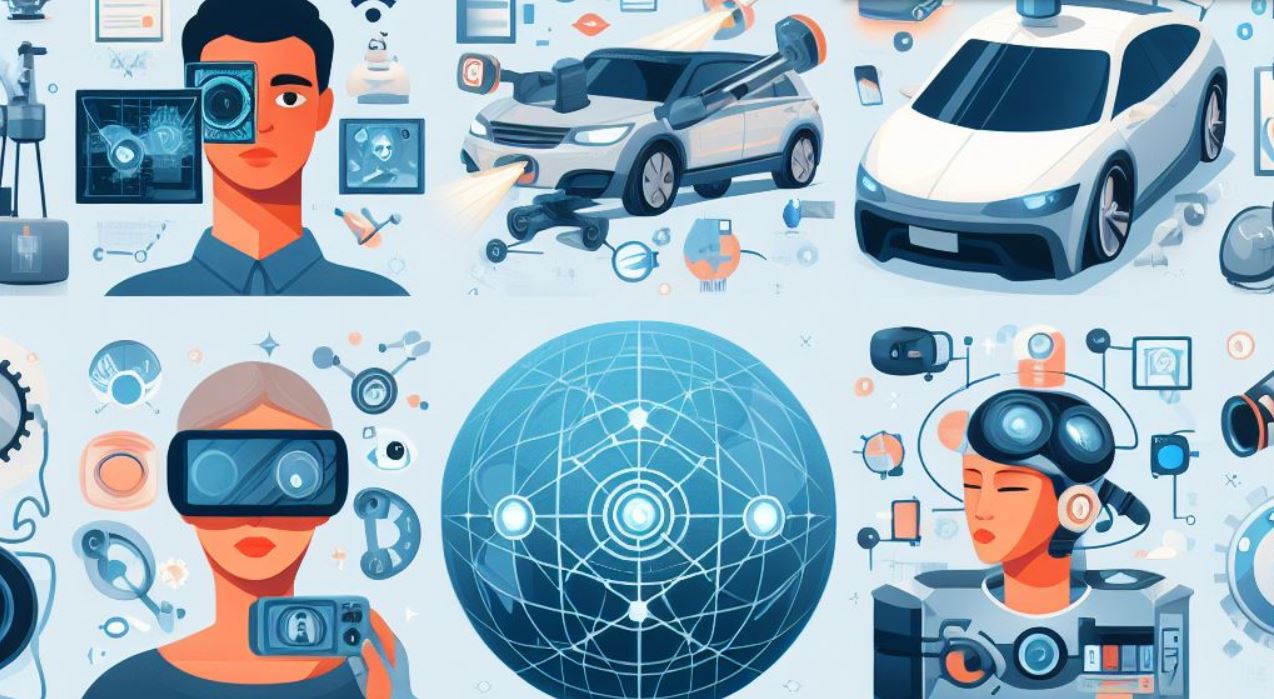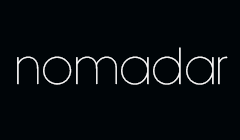7 real use cases of Computer vision

Although the first experiments in computer vision were conducted in the 1950s and in the 1970s the computer was first used commercially to decipher typed text from handwritten texts, the applications of computer vision have grown exponentially.
By 2022, the market for computer vision and computer equipment is expected to reach $48.6 billion. Computer vision is so much a part of everyday life that you are likely to experience it regularly, even if you may not always know when and where the technology is being deployed. Here's what computer vision is, how it works, and seven amazing examples in practice today.
What is computer vision (CV)?
Computer vision is a form of artificial intelligence where computers can "see" the world, analyze visual data and then make decisions based on it or gain an understanding of the environment and the situation. One of the growth factors for computer vision is the amount of data we generate today that is then used to train and improve computer vision. Our world has countless images and videos from the only integrated cameras in our mobile devices. But while images can include photos and videos, they can also mean data from thermal or infrared sensors and other sources. In addition to an enormous amount of visual data (more than 3 billion images are shared online every day), the computing power needed to analyze the data is now accessible and more affordable. The field of computer vision has expanded thanks to new hardware and algorithms, as have the accuracy rates for object identification. In less than a decade, today's systems have achieved an accuracy rate of 99% vs. 50%, making them more accurate than humans in reacting quickly to visual inputs.
How does computer vision work?
One of the essential components in realizing the full capabilities of artificial intelligence is to give machines the power of vision. To mimic human vision, machines must acquire, process, analyze and understand images. The enormous progress in achieving this step has been made possible by the iterative learning process made possible by neural networks. This process begins with a set of data stored with information that helps the machine learn a specific subject. If the goal is to identify videos of cats as was the case for Google in 2012, the dataset used by neural networks must include images and videos with cats as well as examples without cats. Each image must be tagged with metadata that indicates the correct answer. When a neural network scans the data and signals, it finds an image with a cat; it is the feedback it receives on whether or not it was correct that helps it to improve. Neural networks use pattern recognition to distinguish many different elements of an image. Instead of a programmer defining the attributes that make a cat, such as having a tail and whiskers, machines learn from millions of downloaded images.
Imagine how much human vision can do, and you can begin to realize the almost infinite applications of computer vision. Here are some of the most exciting examples of computer vision in practice today:
Computer vision is a form of artificial intelligence...
Autonomous Vehicles
Computer vision is necessary to allow cars to drive themselves. Manufacturers such as Tesla, BMW, Volvo and Audi use a variety of cameras, lidars, radars and ultrasonic sensors to acquire images of the environment so that their self-propelled cars can detect objects, lane markings, signs and traffic lights to drive safely.
Google Translate application
To read signs in a foreign language, simply point your phone's camera at the words and let the Google Translate application tell you what they mean in your favorite language almost instantly. By using optical character recognition to see the image and augmented reality to overlay an accurate translation, it's a convenient tool that uses computer vision.
Facial Recognition
China is certainly at the forefront of the use of facial recognition technology, using it for police work, payment portals, airport security checks, and even to distribute toilet paper and prevent paper theft at Beijing's Tiantan Park, among many other applications.
Health Care
Since 90% of all medical data is based on images, computer vision is used for multiple purposes in medicine. From implementing new medical diagnostic methods to analyze x-rays, mammograms and other scans to tracking patients to identify problems earlier and assist in surgery, expect our medical institutions, professionals and patients to benefit from computer vision today and even more in the future as it is deployed in healthcare.
Real-time sports tracking
Tracking balls and pucks in televised sports has been commonplace for some time now, but computer vision also makes it possible to analyse the game and strategy, the performance and audience of the players, as well as to monitor the visibility of the brand's sponsors in sports broadcasts.
Agriculture
At CES 2019, John Deere showcased a semi-autonomous combine that uses artificial intelligence and computer vision to analyze grain quality at harvest time and find the best path through the crop. Computer vision also has great potential to identify weeds so that herbicides can be sprayed directly on them rather than on the crop. This should reduce the amount of herbicide needed by 90%
Industry
Computer vision helps manufacturers operate safer, smarter and more efficiently in a variety of ways. Predictive maintenance is just one example where equipment is monitored by computer vision to intervene before a failure causes costly downtime. Packaging and product quality are monitored, and defective products are also reduced using computer vision.
Accounting
This french online accountant (expert-comptable in french) is demonstrating that computer vision allows publishers of accounting software (on premise or saas) to integrate character recognition functionalities that make automatic accounting entry possible (detection of the supplier, the amount before and after tax, bank reconciliation for in fine, automatically enter the entry in the accounting).
There are already a large number of concrete applications of computer vision, and the technology is still young. As people and machines continue to work together, human labor will be freed to concentrate on higher value tasks, as machines will automate processes that rely on image recognition.

